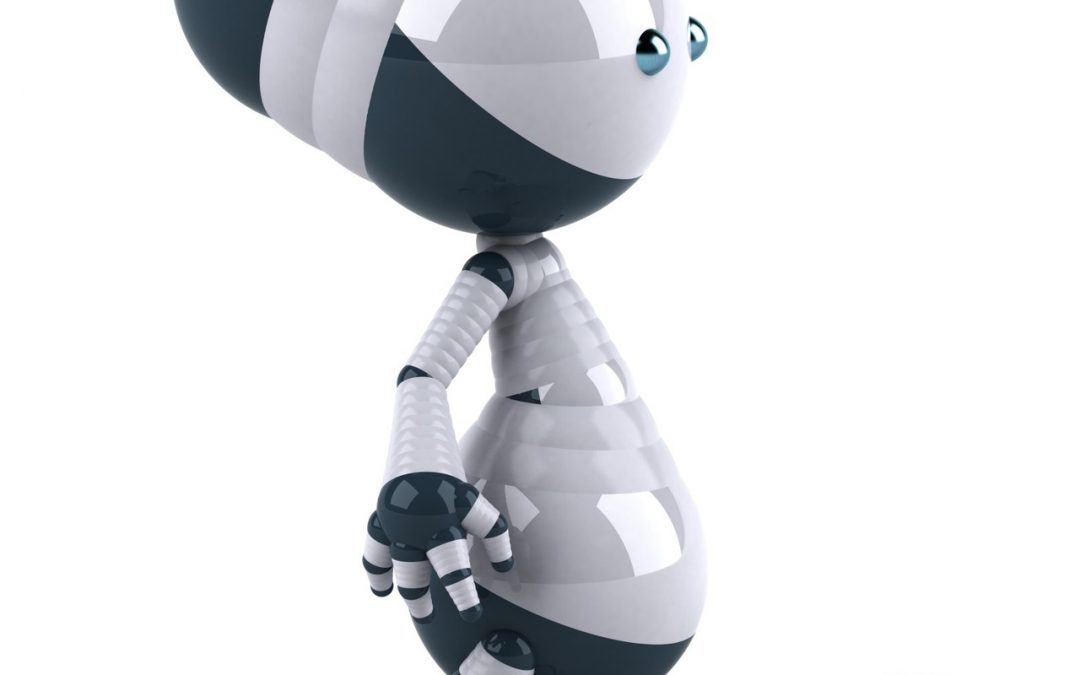
by twieberneit | Dec 21, 2016 | Blog |
2016 has been the year of Artificial Intelligence and machinelearning. With the year being almost at an end, let me chime in to the gang of pundits who venture into prediction land and pronounce what we get out of our glass balls. So here are my 5 plus 2 bonus ones. AI gets mainstream in Consumer Environments Alexa paved the way, the Google Assistant is on its heels, Microsoft Cortana wants to get there, too – and Apple, amazingly, is a late starter in this environment. Amazon started with a pretty smart strategy by not overselling the capabilities of its underlying AI, as Apple did with Siri, which caused some grief for Apple and some laughs for many people around. More and more helpful Alexa skills are developed and implemented that improve its usefulness. Similarly Google; they started late but are in the game now, too – following a different strategy of adding new functionality by just making it available in contrast to Amazon, who opt to have users individually enable ‘skills’. Identification of what these systems can do will be an interesting question. Facebook’s Mark Zuckerberg created a butler for his house, who he calls Jarvis, like the one of Tony Stark in the Ironman movies. Google recently based its translation engine on machinelearning and AI, seeing vastly improved translations. Facebook’s translations base on an AI, too – although this one still seems to have a lot to learn. Not to mention all the countless other consumer services Google has, that utilize machinelearning and AIs in the background. Two of the main developments to look at here are...

by twieberneit | Dec 20, 2016 | Blog |
As our (digital) lives circle more and more around mobility, and consequently the mobile phone, the questions around communication-, and in particular around service- and support channels become more interesting by the day. Facebook triggered what can be dubbed a little revolution when opening its messaging platform for chatbots in 2016; meanwhile even Skype offers chatbot support. It is safe to say that chatbots have been one of the main technology trends in 2016. Slack, originally released only mid of 2013, has become one of the main collaboration- and communications platforms. Artificial Intelligence and machine learning in various flavors and strengths have become part of many business applications throughout business’s value chains. And the combination of conversational user interfaces and AI/machine learning has the potential of changing the way people interact with businesses (and data, for what it is worth in this context). Facebook, Google, Amazon, Apple, Microsoft, to name only the big players, offer voice driven digital assistants, which already now provide a hint of new engagement models between customers and companies. Intelligent, conversational systems are what we are about to see, first predominantly using chat-like user interfaces, then also merging voice into the mix, first to cover isolated situations, then increasingly for more complicated ones. Some Data Points Business Insider reported in September that the usage of chat apps has surpassed the usage of social media, measured in monthly active users. Additionally, Google found already in 2014 that 59 per cent of smartphone owners globally install games within a week of getting the phones, which is a higher percentage than any other type of app. On the...

by twieberneit | Nov 1, 2016 | Blog |
Omnichannel – is it a Myth, Reality or Utopia? Over the past 20 or so years the way products and services get sold and customer service as well as marketing get delivered changed dramatically. Gone are the times where a potential customer was addressed via a radio- or TV-spot or an ad printed in a newspaper, advertising mail in the mailbox … – well, it still happens, but the focus shifted dramatically. We started off from one single ‘channel’ – customer goes to the store and interacts with a person – and added an ever increasing number of additional ones, like the ones mentioned, plus many more. For retail businesses the store will not go away. Generally spoken, human interaction will stay important, probably increase in importance; human customer service will not vanish – but is likely to change … please hold this thought. In today’s omnichannel world we also have telephone, e-mail, web-delivered ads, mobile apps, branded and white-label communities, social media like Facebook, Instagram, Twitter, etc., knowledge bases in combination with self-service, chat, messenger applications like WhatsApp, FB Messenger, Snapchat, iMessage; chat supported by ‘machine intelligence’, exposed via so called chatbots, and what not. The list could virtually go on and on. This is all supported by and implemented on a platform that leverages integrated applications, which work on a joint, or at least consistent data model – with clean data – utilizing strong real-time analytics capabilities that powers both, customer segmentation and knowledge categorization for efficient search. And it delivers a great customer experience. In Real Life Uhhm, I am just awaking from my dream …...

by twieberneit | Aug 14, 2016 | Blog |
My recent rant on chatbots having the potential to kill user experience got some nice reactions. It brought me into some interesting discussions on support, mobile, the role, strengths and deficiencies of artificial intelligence (AI) and machine learning (ML) and so forth. Most of these discussions dealt with mobile support but also with the question where AI could benefit most. Particularly good one were with Abinash Tripathy, CEO of mobile support platform Helpshift and Srikrishnan Ganesan, founder of Konotor, now hotline.io after being acquired by Freshdesk at the end of 2015. Both companies have a focus on in-app support, a solution category that basically got introduced by Helpshift, after Abinash identified a lack of good options or delivering support directly to and via mobile phones. One of the premises is that a lot of the technically necessary and relevant information can get collected directly and sent to the service back end transparently. They have some big customers, including Microsoft and a raft of gaming companies, including Zynga and Supercell. He, of course, has an opinion on bots in support, which he recently also expressed on Venturebeat. Hotline.io has a customer base that is mainly made of transactional companies, which, too, leads to a high message load but also leads to different approaches, as the user context is often about past transactions. This means that regularly not that much information gets sent together with the support request. Sri, too, has a vision on how to incorporate AIs and bots into support. Hotline.io is offering a browsing style of offering help using a shallow tree with icon-supported categories on top of...

by twieberneit | May 23, 2016 | Blog |
Bots are all the rage currently. By the looks of it they are at the peak of the hype cycle. We will see their deep fall into the trough of disillusionment soon. After all the well-known examples based on the Facebook messenger are somewhat underwhelming, to formulate it carefully. There is not much artificial intelligence visible – nor needed – to provide services like these. They also come with a poor user interface. And this combination of hyped examples, mixing up chatbots and AI, has the potential to kill customer experience. They certainly kill the user experience. Unless, this is, that these machines already reached a level of intelligence that they are magic to my simple mind… Which I doubt. To be sure, there are AIs around that amaze us: IBM’s Watson, Apples Siri, Microsoft’s Cortana, Google’s Now, … even Microsoft’s infamous Tay which got a pretty bad reputation in no time, to name but a few. Recently a whole class of graduate students didn’t realize that their teaching assistant Jill Watson, an AI based upon IBMs Watson, was actually an AI and not a person. And I sincerely believe that in not so far future we will see AI in many places that is indistinguishable from a human. As Salesforce’s Marc Benioff recently said we will have AI do things that we cannot even imagine right now. The potential is virtually endless (pun intended). But what we see right now being built standalone or embedded into messaging apps has nothing to do with AI and it often has a poor user interface. This needs to get fixed, or...






